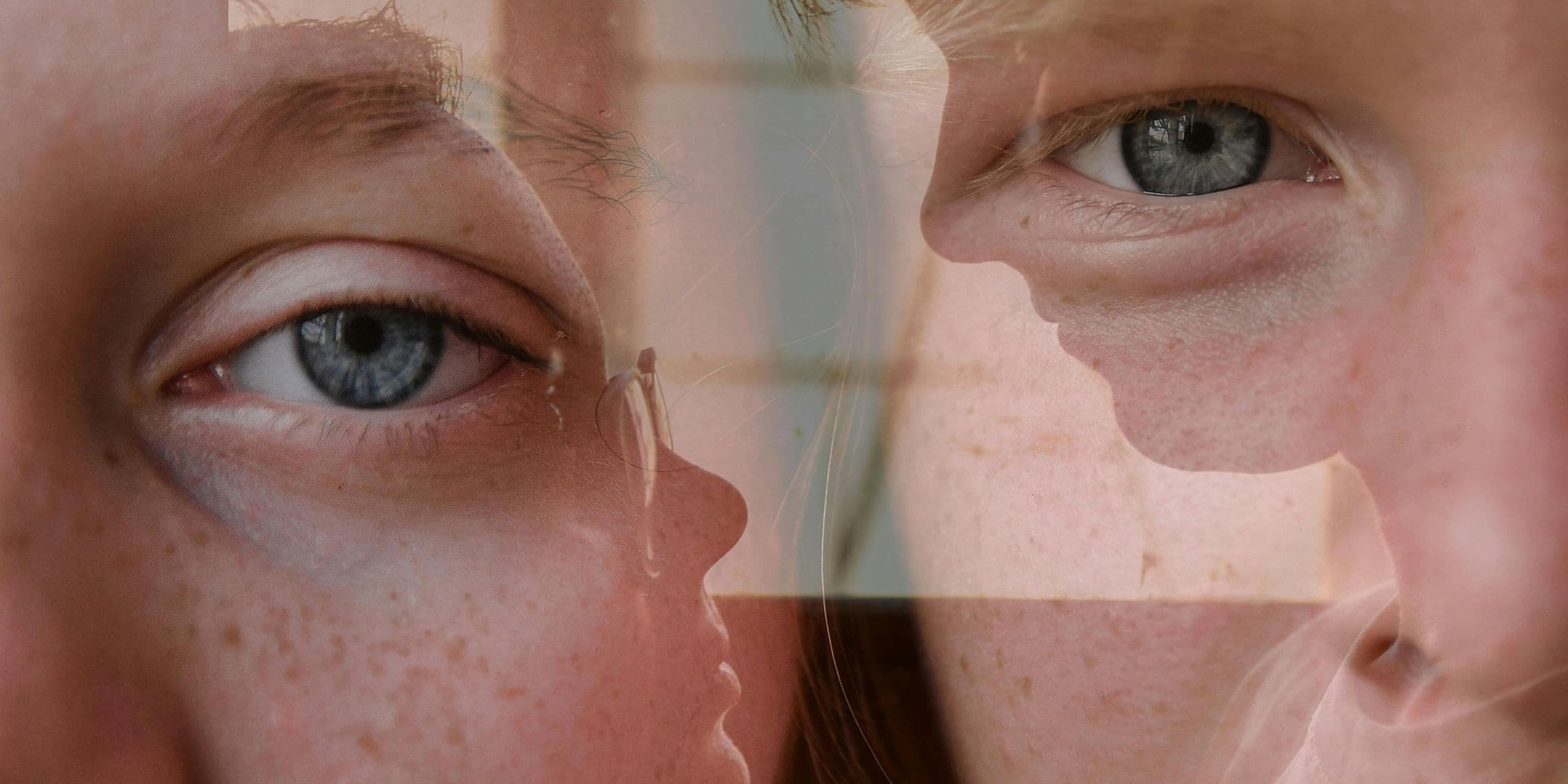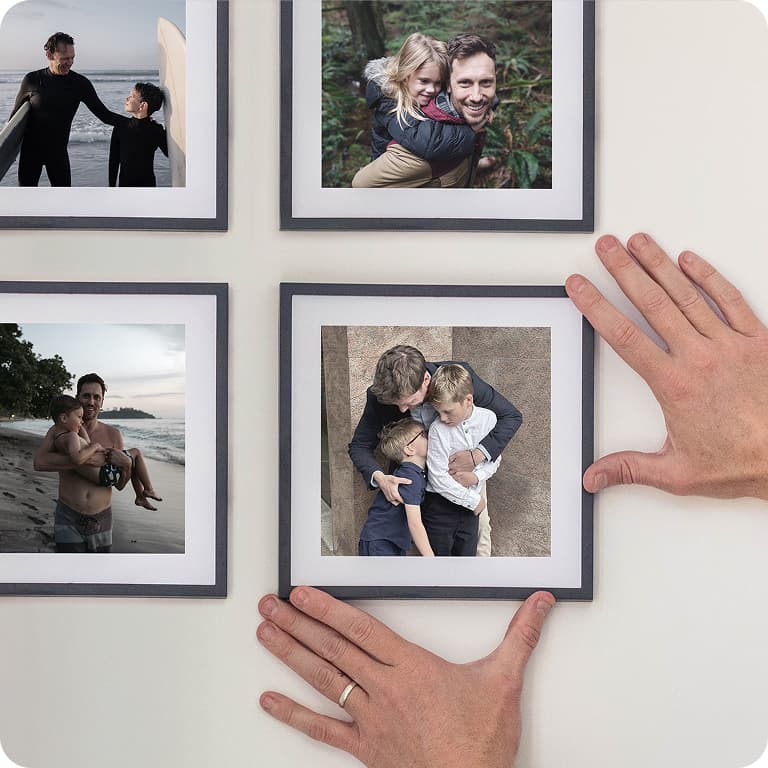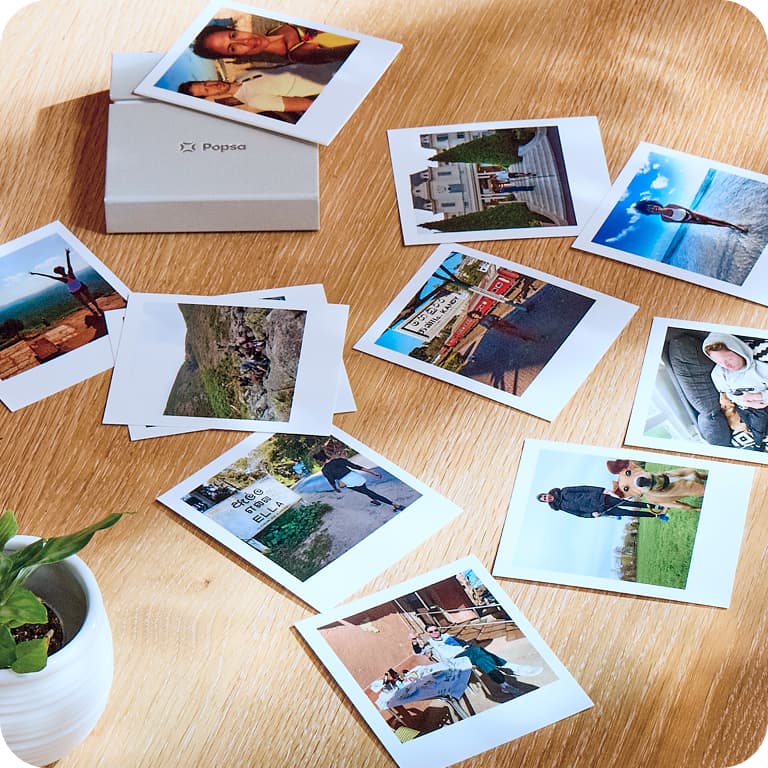Lifestyle
The people who can’t forget
Due to a rare condition, some people remember every day of their lives in vivid detail. But is that a blessing or a curse?


Lifestyle
Due to a rare condition, some people remember every day of their lives in vivid detail. But is that a blessing or a curse?


American journalist, author and podcaster Linda Rodriguez McRobbie has built a career exploring the quirks of science, history and human nature. Now based in England, she continues to uncover the extraordinary in the everyday.
Several years ago, I met a woman who could remember nearly every day of her life as well as most of us remember yesterday. What she had for breakfast on 19 October 1989. What colour T-shirt she wore on 28 April 1994. Where she was and who she was with the first time she heard Rick Springfield sing “Jessie’s Girl” on the radio – 7 March 1981, she was in the car with her mother. Every miraculous and terrible thing that had ever happened to her, from the day she met the man she married to the day he died, she remembered it all.
I met Jill Price because I was working on an article about people living with a novel condition of memory called Highly Superior Autobiographical Memory or HSAM. Price was the first person to be diagnosed with it, although when a case study on her unusual ability appeared in the neuropsychology journal Neurocase in 2006, researchers called it “hyperthymesia”.
Jill isn’t the first person to have this condition. In 1871, a case study in the Journal of Speculative Philosophy noted the story of an Ohio man who could remember with startling precision the day of the week, the weather, and what he’d done for any date going back to when he was nine years old. Nor is she the only person who has it – since Price first appeared in the medical literature, more than 100 people with HSAM have been identified. Researchers told me that it was very likely that other people had similar types of incredible recall, they simply didn’t organise their memories by date.
But what is most interesting about Price and the other people who have this condition isn’t so much that they remember so prodigiously – most of the research suggests that they encode memories in essentially the same way as neurotypical populations, relying on the same cognitive mechanisms as the rest of us. Rather, it’s the fact that they, unlike the rest of us, are unable to forget. They couldn’t forget what they had for lunch on 15 June 2008 if they wanted to.
I, of course, don’t have this issue. I have forgotten countless things, such as birthdays, where I put my wallet and even the reason I walked into a room. The sound of my grandad’s laughter and the feel of my kids’ hands in mine now that they’re both far too old to grab it when we cross a road. Little stuff, big stuff, lots of stuff. And that, I think – I hope – is OK.
Unsplash
Unlike the rest of us, people with HSAM are unable to forget. They couldn’t forget what they had for lunch on 15 June 2008 if they wanted to
Every memory researcher that I’ve ever spoken to, including those who specialise in understanding how we can so easily be mistaken, and create and believe false memories, says that our memories make us who we are. They are fundamental to our identities, forming the shifting bedrock of our personalities, our wants, needs and motivations. But at the same time forgetting is also an integral part of the casting of that identity. One researcher told me that storing memories isn’t useful; that’s just “data hoarding”, he said.

Popsa Photo Tiles

Popsa Photo Book

Popsa Photo Prints
Price described her mind as if she were always watching a split screen: on one side, the present, and on the other, an incessant reel of memories triggered by the world around her that she found intrusive. Other people with the condition found it less burdensome, more joyful. Imagine never forgetting the best milkshake you ever drank, the perfect day you spent at the beach, the first time you heard the song that would be your favourite, all the wonderful moments that make life beautiful and bearable.
But perhaps – and this is a big perhaps – the rest of us, with our standard memories, are lucky. We can participate in the curation of our memories in ways that are unprecedented, with an agency that people like Jill Price can’t exercise, because we live in a time when we can choose to remember. The nearly 100,000 photos on my phone alone are a testament to that. The first photo is me grinning in a violently orange coat, 27 years old, surrounded by snow-covered trees. The last is a crumpled Mars bar wrapper that I found in the pocket of my oldest son’s discarded school trousers, evidence that no, in fact, he did not need more dessert after dinner tonight and that also, he needs to empty his pockets before putting things in the laundry basket.
Imagine never forgetting the best milkshake you ever drank, the perfect day you spent at the beach, the first time you heard the song that would be your favourite, all the wonderful moments that make life beautiful and bearable
Unsplash
In between, there are pictures of beaches and cups of coffee, St Paul’s Cathedral at sunset, daffodils in a Welsh field, cats I’ve met and cakes I’ve baked, grocery lists and Christmas lights, things that made me laugh and things that brought me profound sadness. Things that I definitely would have forgotten, without the digital – and physical, when I’ve printed them out to live on my desk and walls – evidence that it happened. Things that remind me of the person that I am and want to be, the person who lived this life. And for that, I’m grateful.
But I’m also tremendously glad I don’t have to carry it all in my mind.